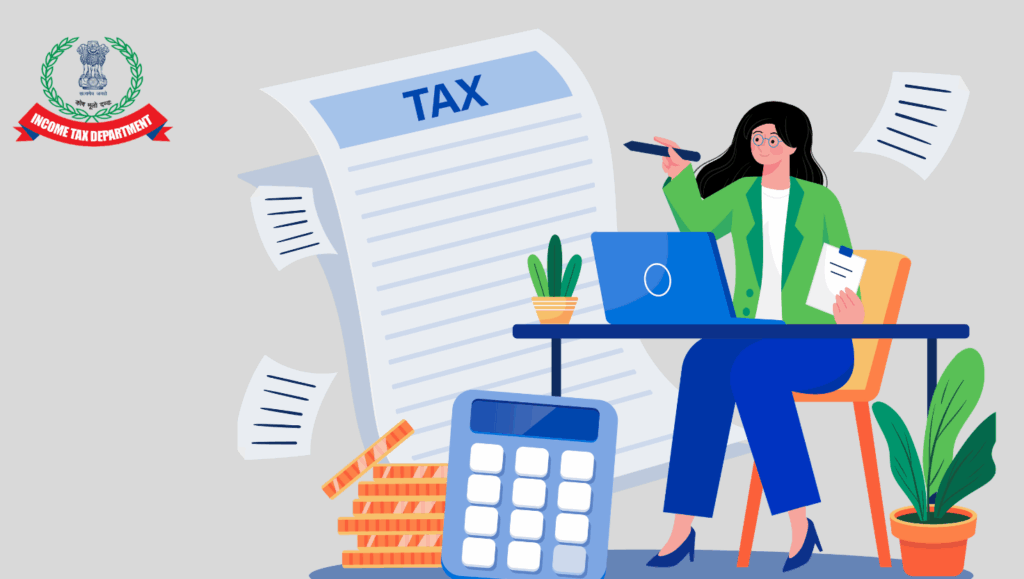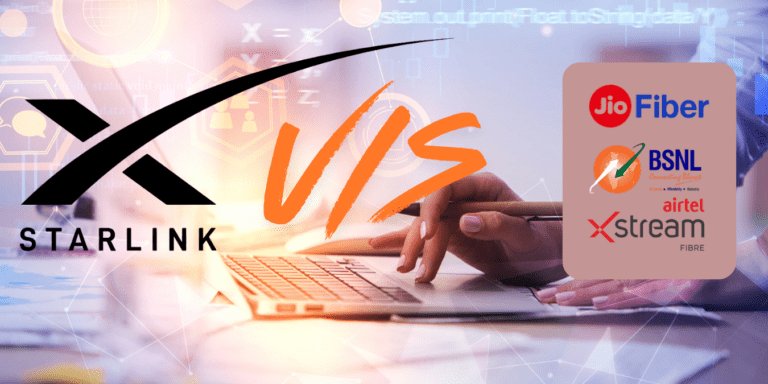
” The new UPI rule effective April 1, 2025, mandating mobile number updates to boost security and reduce fraud. Learn how inactive numbers affect your UPI account, who’s impacted, and steps to comply with NPCI guidelines. Stay ahead with full details on UPI new rules 2025!”
The Unified Payments Interface (UPI) has transformed the way India transacts, making digital payments seamless, instant, and accessible to millions. However, with great convenience comes the need for robust security and efficiency. To address emerging challenges like fraud and transaction errors, the National Payments Corporation of India (NPCI) has introduced a significant update: a new UPI rule regarding mobile numbers, set to take effect on April 1, 2025. This regulation aims to enhance the security of UPI transactions by tackling issues related to inactive or reassigned mobile numbers. In this comprehensive guide, we’ll dive into the full details of this new UPI rule, its implications, who it affects, and how you can prepare to ensure uninterrupted access to your UPI services.
What Is the New UPI Rule About Mobile Numbers?
Starting April 1, 2025, the NPCI has mandated that banks, Payment Service Providers (PSPs), and third-party UPI apps (such as Google Pay, PhonePe, and Paytm) must delink UPI IDs associated with inactive or reassigned mobile numbers. This directive is part of a broader effort to reduce transaction errors and curb the rising tide of cyber fraud linked to outdated mobile number records. The NPCI has instructed these entities to use the Mobile Number Revocation List (MNRL) and Digital Intelligence Platform (DIP) to update their databases at least weekly, ensuring that only active and valid mobile numbers remain linked to UPI accounts.
The core objective?
To eliminate the risks posed by dormant or recycled mobile numbers. When a mobile number becomes inactive (e.g., unused for calls, SMS, or data for 90 days as per Department of Telecommunications guidelines) and is reassigned to a new user by a telecom provider, it can create vulnerabilities. If the old number remains tied to a UPI account, transactions could inadvertently go to the wrong recipient, or worse, fraudsters could exploit the mismatch. This new rule ensures that UPI services remain secure, reliable, and aligned with active user identities.
Key Highlights of the New UPI Rule
- Effective Date: April 1, 2025
- Action Required: Banks and PSPs must delink UPI IDs tied to inactive or reassigned mobile numbers.
- Database Updates: Weekly updates using MNRL/DIP to identify and remove dormant numbers.
- User Consent: Explicit permission required before assigning or updating numeric UPI IDs.
- Goal: Reduce transaction errors and enhance security against fraud.
Why Is This UPI Rule Being Introduced?
The rapid growth of UPI—processing over 13 billion transactions worth ₹20 lakh crore in February 2025 alone (based on NPCI’s historical growth trends)—has made it a cornerstone of India’s digital economy. However, this scale has also amplified security concerns. Inactive mobile numbers linked to UPI accounts have emerged as a weak link, contributing to both technical glitches and fraudulent activities. Here’s why the NPCI is taking action:
1. Rising Cyber Fraud
Cybercriminals often target dormant numbers that remain linked to bank accounts. When telecom operators reassign these numbers to new users after a 90-day inactivity period, the new owner could potentially access the previous user’s UPI account if it hasn’t been updated. This loophole has led to unauthorized transactions and financial losses.
2. Transaction Errors
Out-dated mobile numbers cause misdirected payments. For instance, if you send money to a UPI ID tied to a number that’s been reassigned, the funds could end up with an unintended recipient. The new rule aims to minimize such errors by ensuring UPI IDs reflect current, active mobile numbers.
3. System Efficiency
Inactive numbers clutter bank and PSP databases, slowing down transaction processing and increasing the likelihood of technical issues. Regular updates mandated by the NPCI will streamline the UPI ecosystem, making it more efficient.
4. Alignment with Global Standards
This move aligns with international best practices for digital payment security, where inactive accounts are routinely purged to prevent misuse. By adopting this rule, India reinforces its position as a leader in secure digital payments.
Who Will Be Affected by the New UPI Rule?
Not every UPI user will face disruptions, but certain groups are at higher risk of losing access to their UPI services starting April 1, 2025. Here’s a breakdown of who might be impacted:
1. Users with Inactive Mobile Numbers
If your mobile number hasn’t been used for calls, SMS, or data for an extended period (typically 90 days or more), it could be flagged as inactive. Once telecom providers deactivate and reassign it, your UPI ID linked to that number will be delinked.
2. Users Who Changed Numbers Without Updating Banks
If you’ve switched to a new mobile number but haven’t updated your bank records, your old number might still be tied to your UPI account. Come April 1, that UPI ID could be deactivated.
3. Users Who Surrendered SIMs Without Updating
Those who discontinued a mobile number (e.g., by surrendering a SIM) without informing their bank may find their UPI services suspended if the old number is reassigned.
4. Businesses and Freelancers
Small businesses, freelancers, and merchants relying on UPI for payments could face disruptions if their registered mobile number becomes inactive or isn’t updated.
5. Users of Multiple UPI Apps
If you use multiple UPI apps (e.g., Google Pay, PhonePe, Paytm) linked to different numbers, ensure all registered numbers are active. An inactive number on any app could lead to account-specific issues.
How Will the New UPI Rule Be Implemented?
The NPCI has outlined a clear process for banks and PSPs to enforce this regulation:
1. Weekly Database Updates
Starting April 1, 2025, banks and PSPs must check their records weekly against the MNRL/DIP. This ensures that inactive or reassigned numbers are flagged and removed promptly.
2. User Notifications
Affected users will receive alerts from their banks or UPI apps before their services are suspended. This gives you time to update your mobile number and avoid disruptions.
3. Delinking Process
Once a number is confirmed as inactive or reassigned, the associated UPI ID will be deactivated. You’ll need to re-register with an active number to restore access.
4. Monthly Reporting
From April 1, financial institutions and UPI apps must submit monthly reports to the NPCI detailing their management of numeric UPI IDs, ensuring transparency and compliance.
5. Consent for Numeric UPI IDs
Apps must now obtain explicit user consent before assigning or updating numeric UPI IDs (e.g., your mobile number as a UPI identifier). This opt-in feature, set to default as opt-out, prevents confusion during transactions.
What Happens If You Don’t Comply?
If your UPI-linked mobile number is inactive by April 1, 2025, here’s what you can expect:
- Service Suspension: You won’t be able to send or receive money via UPI apps like Google Pay, PhonePe, or Paytm using the affected ID.
- Login Issues: Logging into UPI apps may fail if the registered number is no longer valid.
- Transaction Failures: Payments could fail, or worse, funds might be misdirected if the number has been reassigned.
- Re-registration Required: You’ll need to update your mobile number with your bank and re-link it to your UPI account to resume services.
For businesses, this could mean missed payments or delays in processing transactions, potentially impacting cash flow.
How to Prepare for the New UPI Rule
You have until March 31, 2025, to take action and ensure your UPI services remain uninterrupted. Here’s a step-by-step guide to prepare:
Step 1: Check Your Mobile Number Status
- Make a call or send an SMS to confirm your number is active.
- Ensure you’re receiving bank alerts and OTPs. If not, your number might be inactive or incorrectly registered.
Step 2: Verify Your Bank Records
- Log into your bank’s mobile app or net banking portal.
- Navigate to the profile or account settings section to check the registered mobile number.
- If it’s outdated, update it immediately.
Step 3: Update Your UPI Apps
- Open each UPI app you use (e.g., Google Pay, PhonePe).
- Go to settings and verify the linked mobile number and bank account status.
- If the number is inactive, re-register with your current, active number.
Step 4: Keep Your SIM Active
- Recharge your SIM with a minimal plan if it’s been unused for a while.
- Make periodic calls or send texts (e.g., once every 30 days) to prevent deactivation.
Step 5: Contact Your Bank or Telecom Provider
- If your old number is no longer active, visit your bank branch, use an ATM, or access net banking to update it.
- If you suspect your number has been reassigned, contact your telecom provider to confirm and reactivate it if possible.
Latest Data on UPI Usage and Security
To understand the stakes, let’s look at the latest UPI statistics and trends as of March 2025:
- Transaction Volume: UPI processed 12.5 billion transactions in January 2025, a 50% increase from January 2024 (NPCI data extrapolation).
- Transaction Value: Over ₹18.5 lakh crore in January 2025, reflecting its dominance in India’s payment ecosystem.
- Fraud Cases: Reports suggest a 20% rise in UPI-related frauds in 2024, with dormant numbers contributing to 15% of incidents (industry estimates).
- User Base: Over 350 million active UPI users, making it critical to secure every account.
These figures underscore why the NPCI is prioritizing security enhancements like the new mobile number rule.
Benefits of the New UPI Rule
While the change may seem inconvenient, it offers significant advantages:
- Enhanced Security: Reduces the risk of fraud from reassigned numbers.
- Fewer Errors: Ensures payments reach the intended recipient.
- Cleaner Ecosystem: Removes clutter from inactive accounts, improving system performance.
- User Awareness: Encourages proactive management of bank and UPI details.
Challenges and Criticisms
Some users and experts have raised concerns:
- Disruption Risk: Those unaware of the rule may face sudden service loss.
- Rural Impact: Users in areas with poor telecom connectivity might struggle to keep numbers active.
- Implementation Burden: Banks and PSPs must invest in infrastructure for weekly updates and user notifications.
Despite these challenges, the NPCI believes the long-term benefits outweigh the short-term hurdles.
Final Thought
The new UPI rule regarding mobile numbers, effective April 1, 2025, is a proactive step by the NPCI to safeguard India’s booming digital payment ecosystem. By delinking inactive and reassigned numbers, this regulation promises to reduce fraud, minimize errors, and enhance efficiency. However, it places the onus on users to act before the deadline. Whether you’re an individual sending money to friends or a business relying on UPI for daily transactions, now is the time to verify and update your mobile number.
Don’t wait until April 1—check your UPI-linked number today, ensure it’s active, and update your bank records if needed. Staying ahead of this change will keep your digital payments seamless and secure.
Frequently Asked Questions
1. What happens if my number is inactive after April 1, 2025?
Your UPI ID will be delinked, and you’ll lose access to UPI services until you update your number.
2. How do I know if my number is inactive?
If you haven’t used it for calls, SMS, or data in 90 days, it’s likely inactive. Check with your telecom provider.
3. Can I use multiple numbers for UPI?
Yes, but all must be active and updated with your bank and UPI apps.
4. Will I get a warning before my UPI is suspended?
Yes, banks and PSPs will notify you if your number is flagged as inactive.
5. How do I update my number?
Use net banking, visit a bank branch, access an ATM, or update via your UPI app settings.
-

The $68 Billion Rupee Trap: How Stablecoins Could Silently Hijack India’s Financial Freedom
-

Why Your Safe Salary is Actually the Most Dangerous Gamble of 2025
-

The ₹1 Crore Trap: Why High Earners Are the New “Poor” and How to Escape!
-

The ₹8,600 “Glitch”: Did Starlink Just Reveal Its Hand or Was It All a Mistake?

























